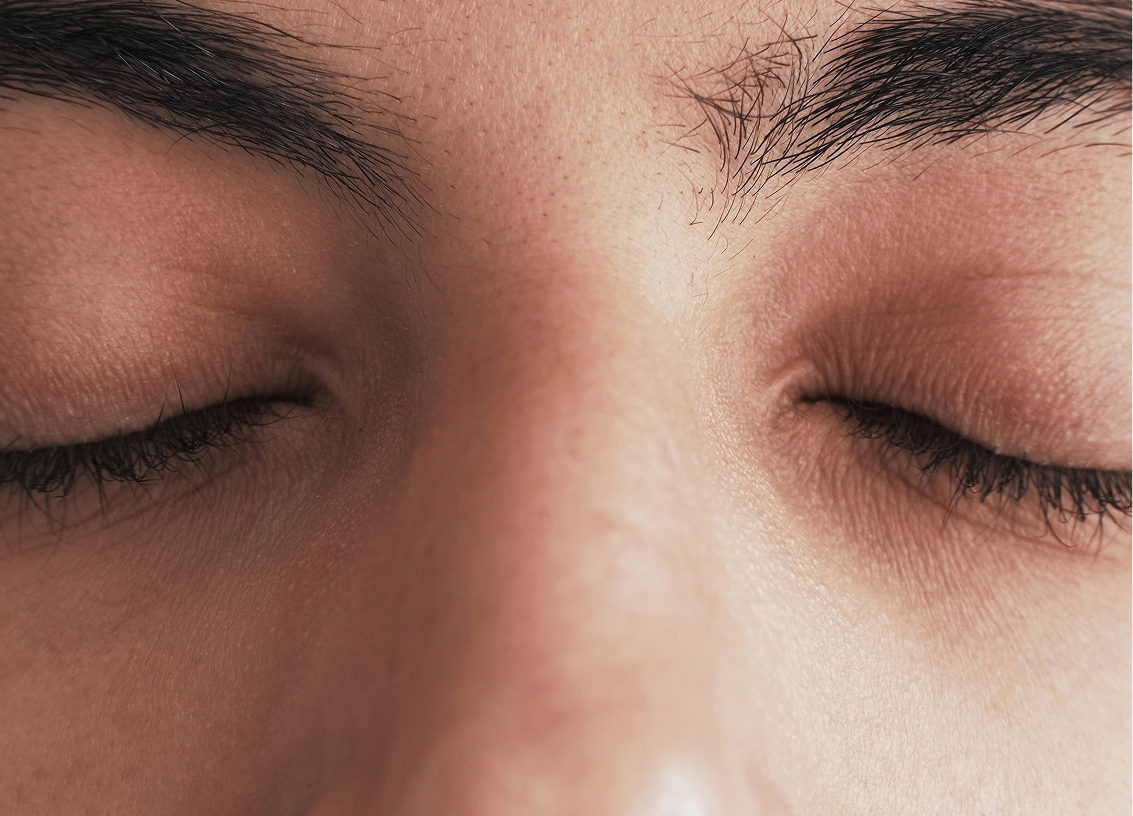

Sleep follows a cyclical pattern, comprising stages of sleep that each serve a purpose. These stages include REM (Rapid Eye Movement) sleep and non-REM sleep. Each night, we transition through these stages in a repetitive manner, typically spanning across four to six sleep cycles of varying length. This intricate balance of sleep cycles is an essential aspect of our nightly rest, also heavily influencing our health and well-being during waking hours.
This image was adapted from The Sleep Foundation.





